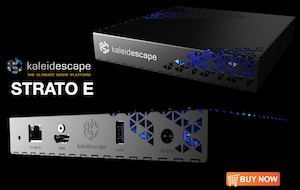I’ve got a two-way active (DIY) speaker with three subwoofers and have built filters for each driver in Audiolense based on in-room measurements at the main listening position. This approach works well, but I have a few nagging questions about the overall approach.
- Question 1: Is there a benefit of using PEQ to linearise near-field subwoofer performance before running the in-room measurements at the main listening position? (One of subwoofers needs a bit of EQ to go down to 20Hz.)
- Question 2: What is the rationale, more broadly, for doing all measurements in-room at the main listening position rather than, for example, first using near-field measurements to linearize the drivers before doing measurements at the main listening position?















